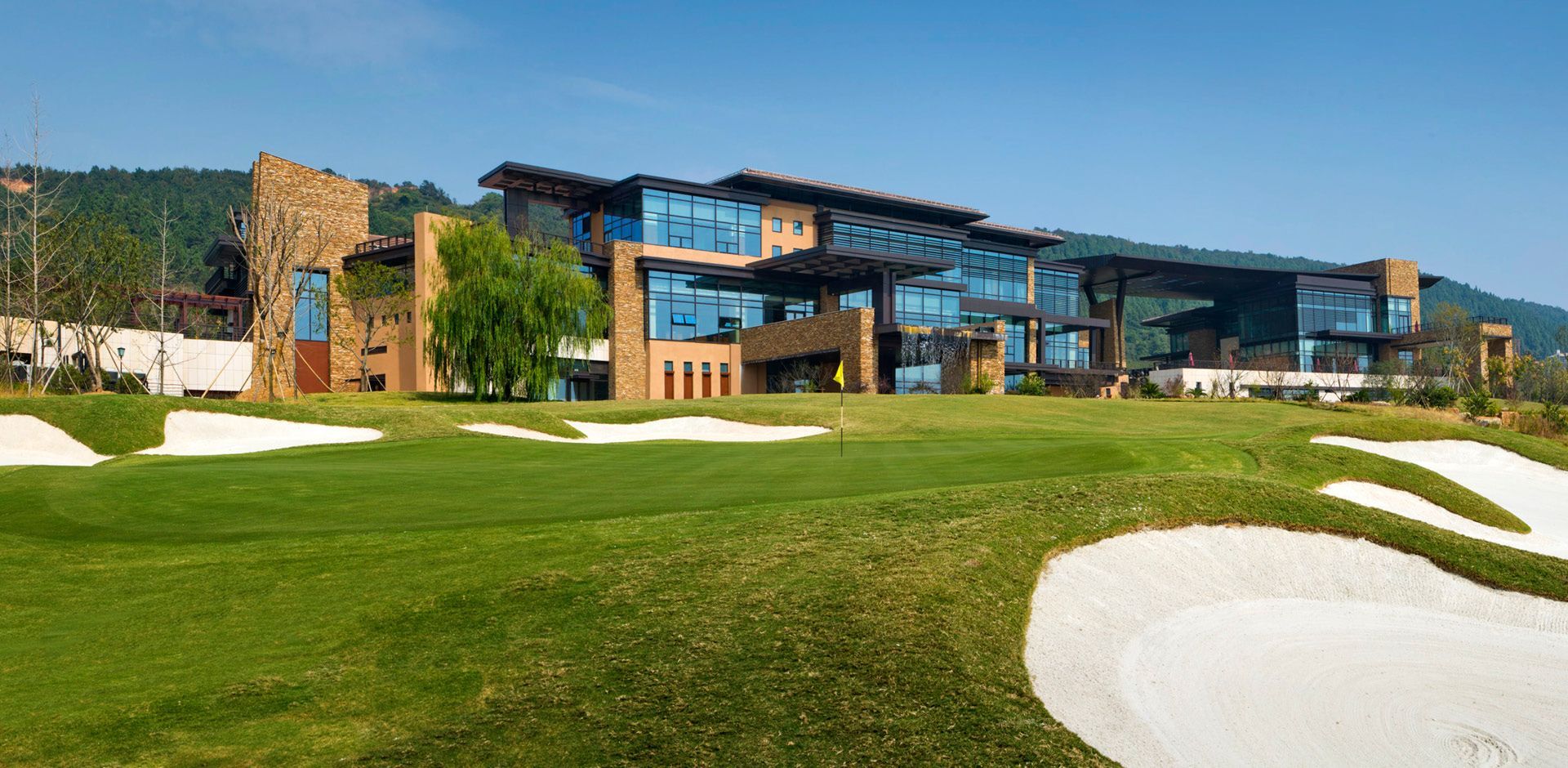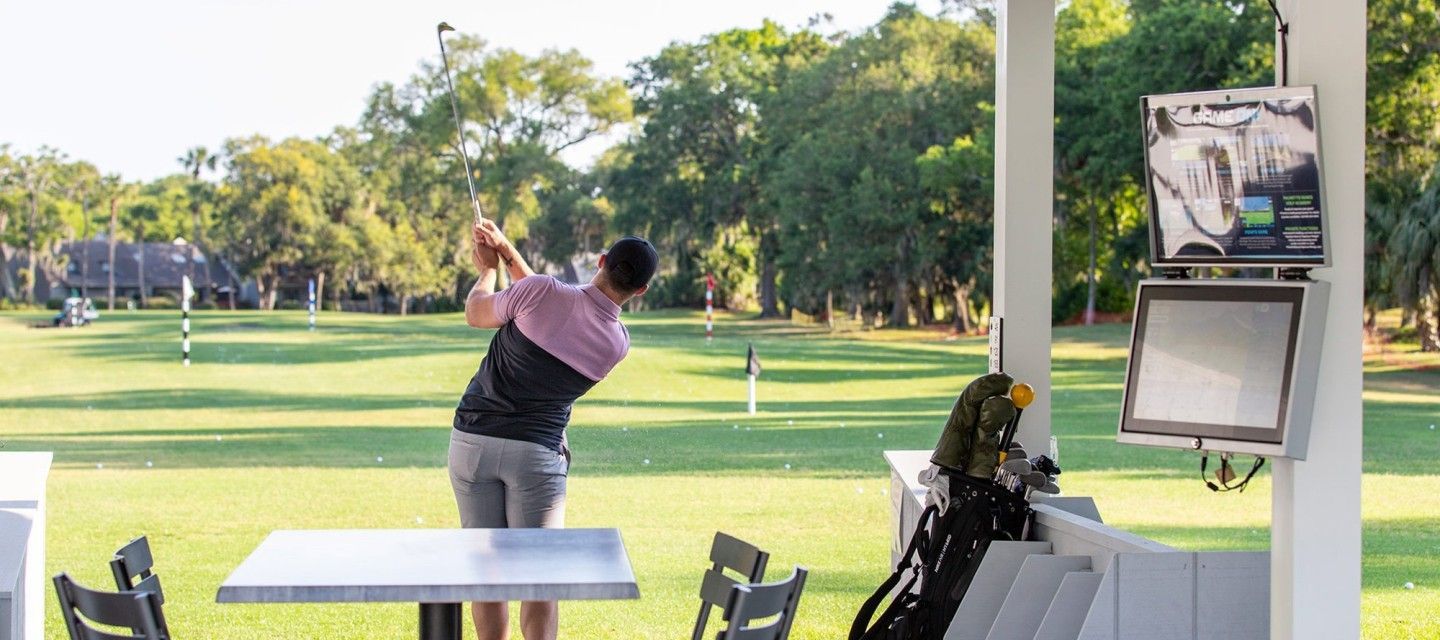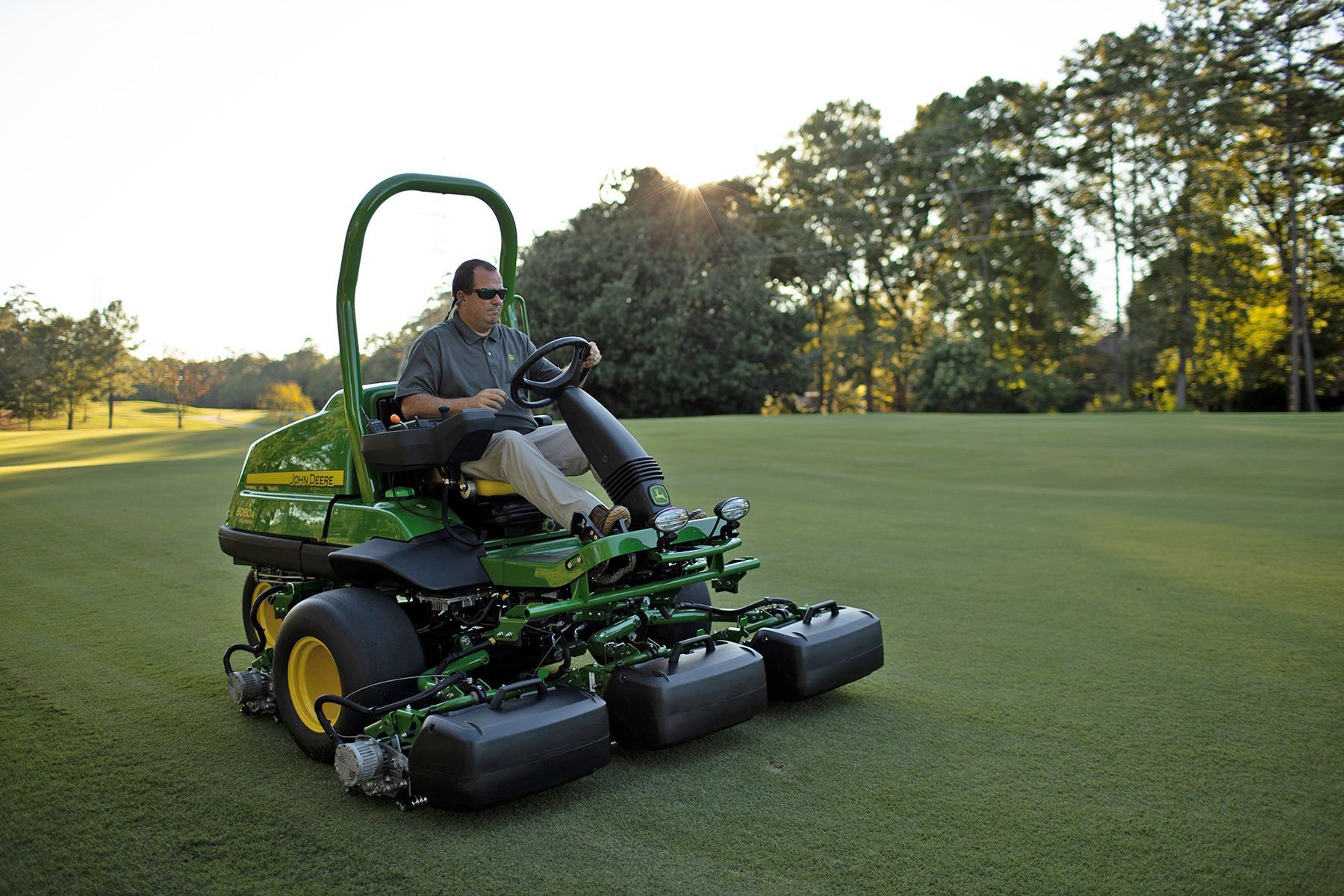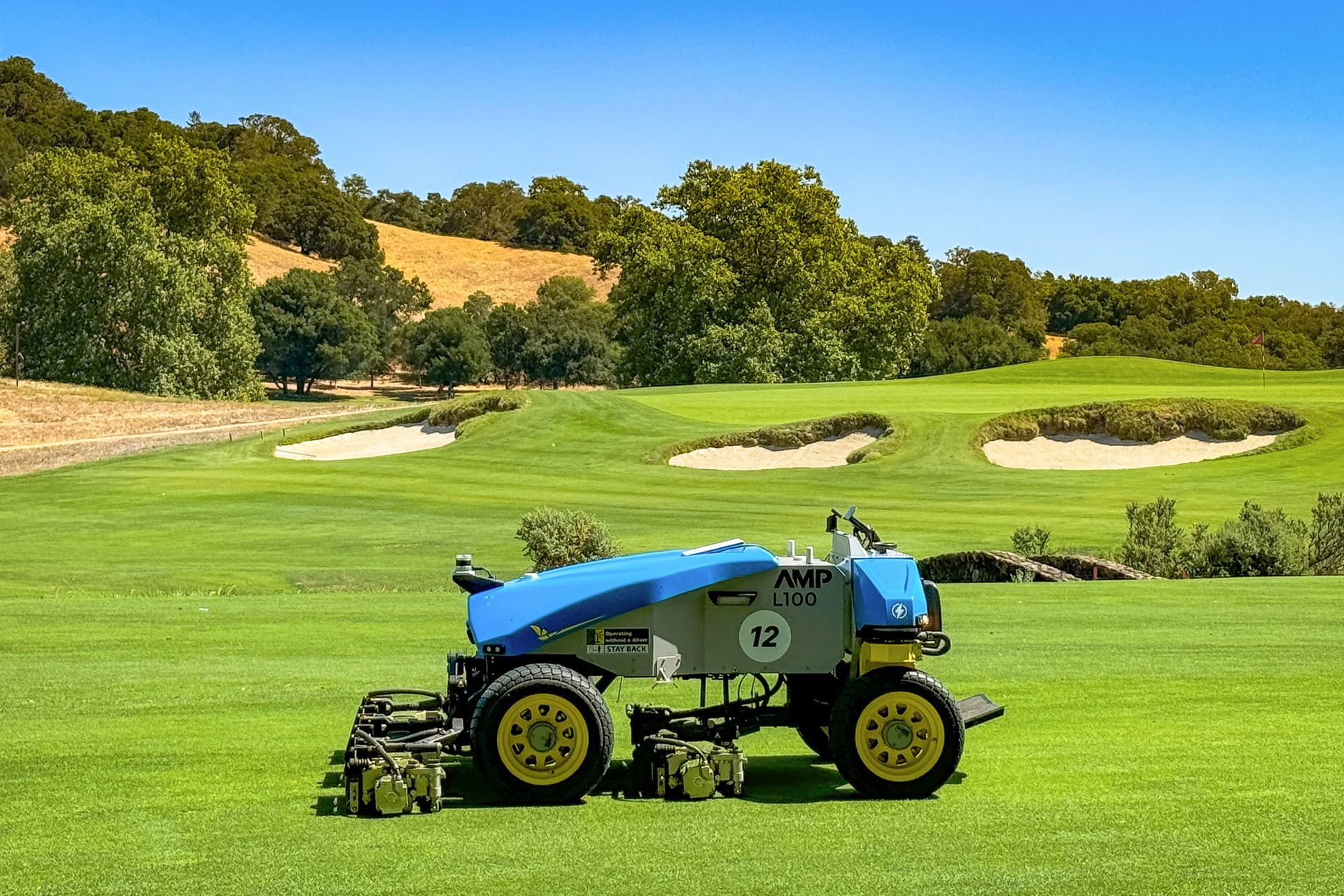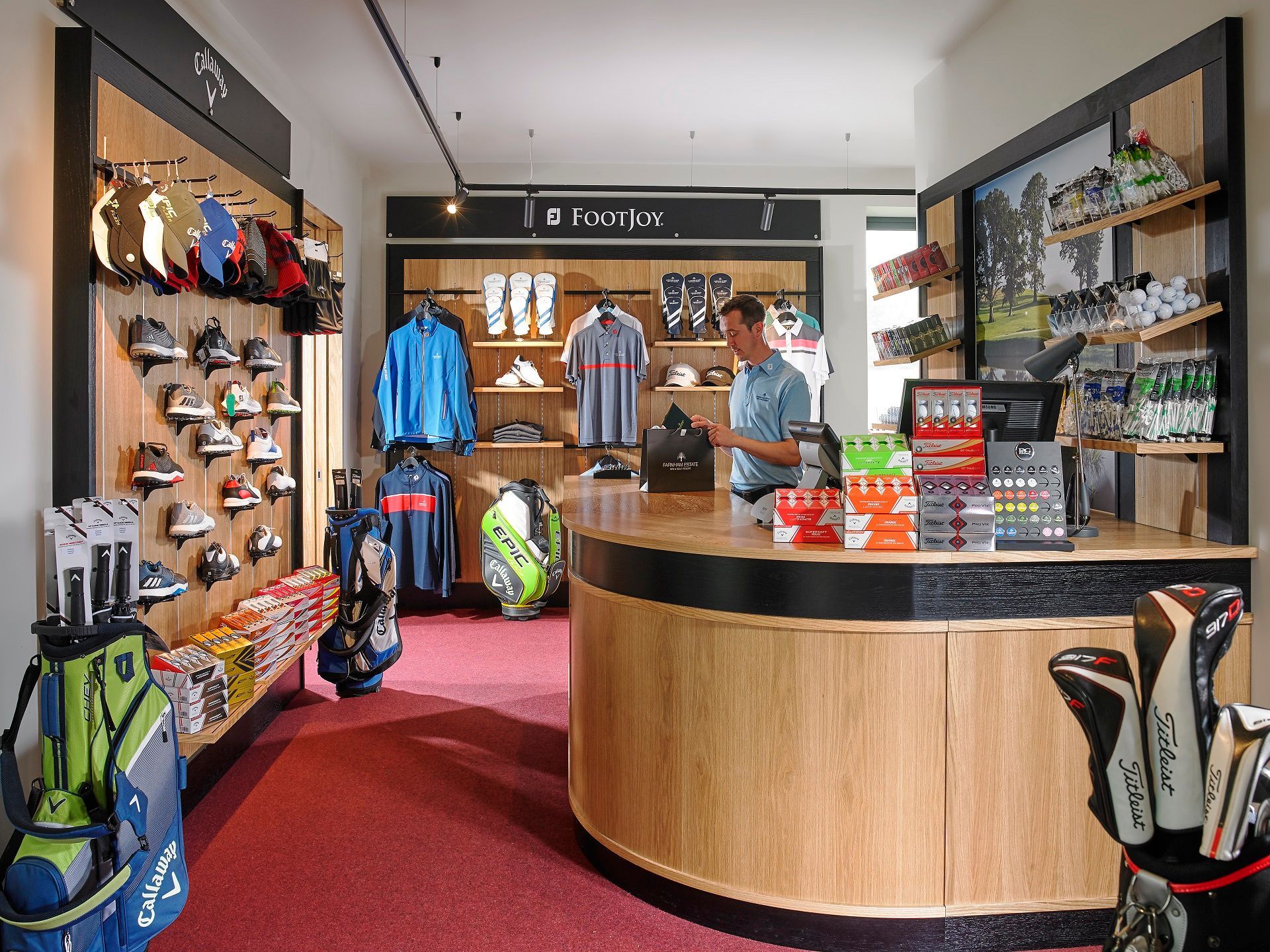July 24, 2025
From Turn to Table: How Golf Clubs Can Optimize F&B at the Turn
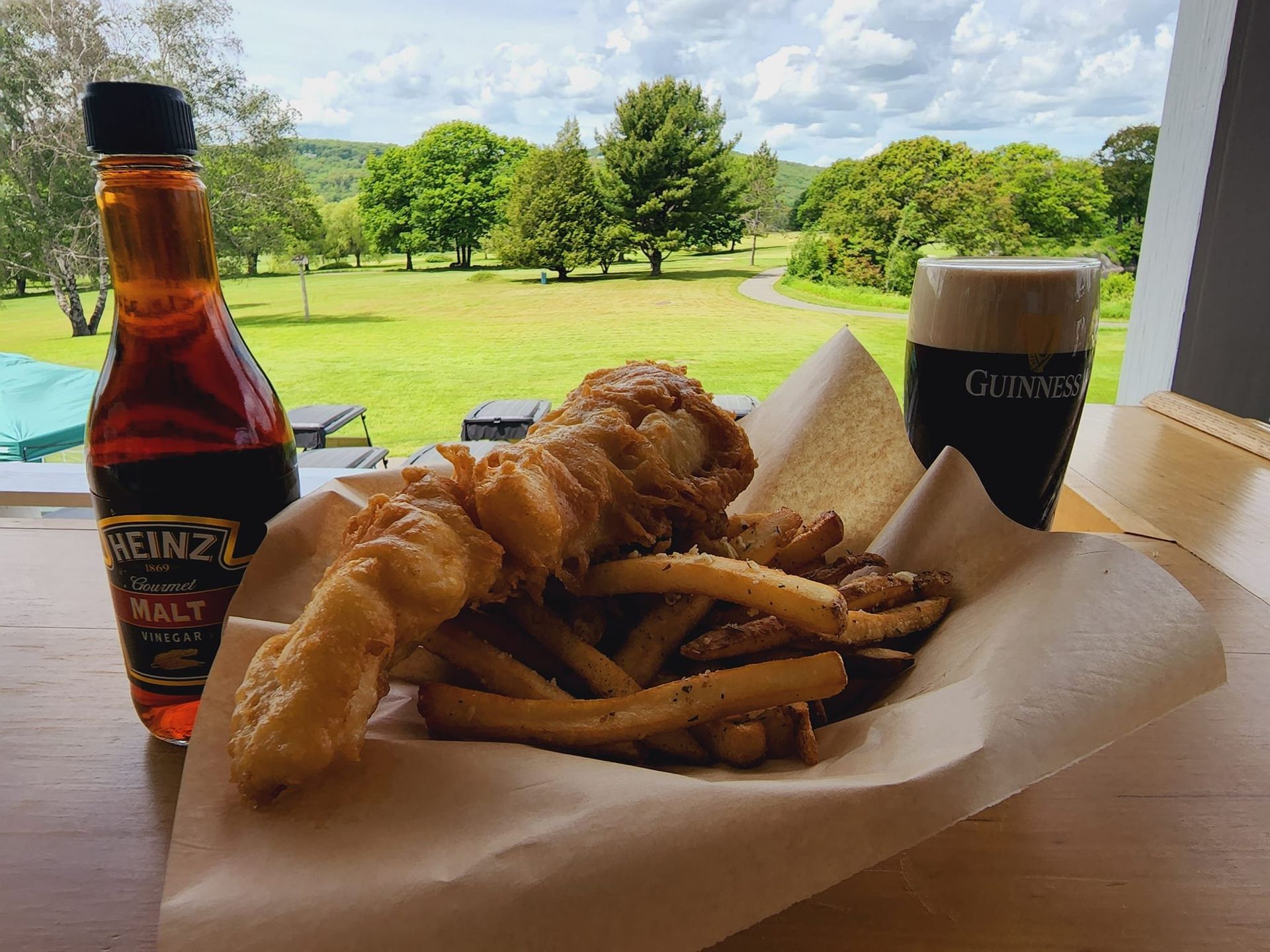
Improving Speed, Satisfaction, and Revenue Through Smarter Food and Beverage Integration with the Golfer Journey
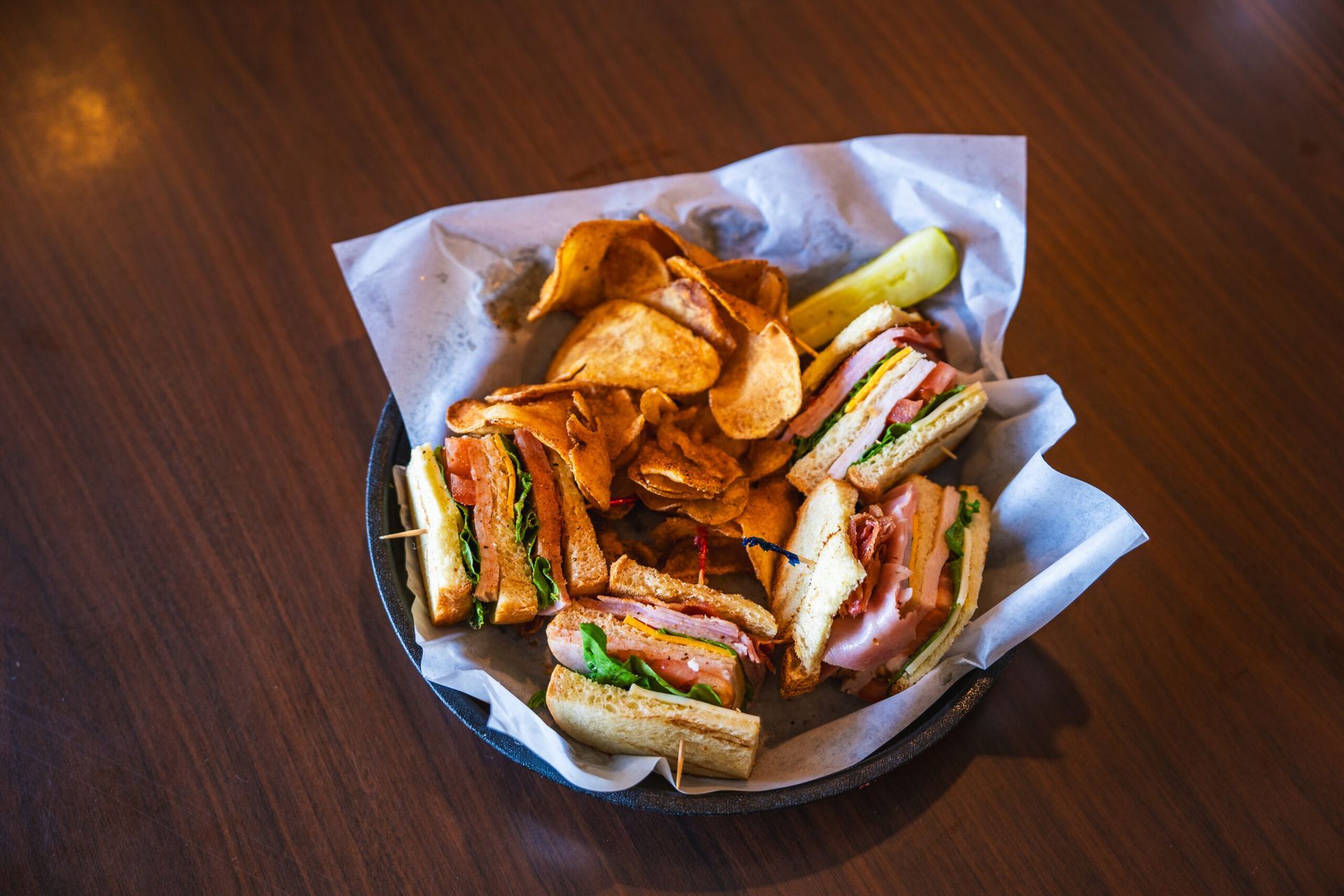
The Hidden Power of the Turn
In every round of golf, the ninth hole marks more than just the halfway point—it’s a moment of transition. Players are looking for a quick refresh, a cold drink, or a quick bite to carry them through the back nine. For clubs, this moment is a prime opportunity to make an impression, drive revenue, and improve the overall golfer experience. Yet, despite its importance, the turn is often overlooked in operational strategy.
The turn is not just a place—it’s a process. It’s where food and beverage operations intersect directly with the pace and flow of the golf course. Every second counts, and when clubs fail to align F&B with tee sheet rhythm, the impact is felt in slowdowns, missed sales, and frustrated players. Conversely, when executed with precision, the turn becomes a seamless part of the round that delights golfers and improves profitability.
As golf operations evolve, more clubs are beginning to rethink the F&B experience at the turn. This isn’t about adding more items to the menu or building bigger snack bars—it’s about integration. The most successful operations approach the turn strategically, using data, design, and technology to create frictionless, fast-moving touchpoints that keep play flowing while delivering exceptional service.
In this article, we’ll explore how clubs can optimize food and beverage at the turn—from layout and prep strategy to tee sheet coordination and modern ordering systems. When your operation treats the turn like a critical checkpoint rather than a passive stop, the result is more efficient rounds, higher per-player spend, and a better experience for everyone on the course.
Why the Turn Matters More Than You Think
Many golf operations underestimate the importance of the turn because it seems simple on the surface. It's a midpoint break—how complicated can it be? The reality is that the turn has a disproportionate impact on the pace of play, member satisfaction, and per-round revenue. It’s one of the few moments where every golfer passes through the same physical point during the round, making it an ideal opportunity for both service and revenue capture.
When golfers hit the turn, their needs are immediate. They’ve been walking or riding for nearly two hours, often in the heat, and their energy is waning. They want something fast, reliable, and easy. If your F&B operation can deliver that without delay, it reinforces the quality of the round. But if it’s slow, confusing, or understocked, it leaves a negative impression that colors the rest of the day.
Operationally, the turn is also where things can unravel. A five-minute wait at the snack bar can cause backups at the tenth tee. If one group gets delayed, the entire back nine can fall behind schedule. Multiply that across a busy weekend, and you have a pace-of-play problem that started not on the course, but at the counter. Golfers may blame the group ahead, but more often than not, the issue started with a breakdown in service.
Golf clubs that succeed in this area are those that recognize the turn as a leverage point. They understand it as a system, not a stop. When your F&B and golf operations teams coordinate around the turn intentionally, it becomes a catalyst for efficiency and a driver of loyalty—not a liability hidden in plain sight.
Designing for Flow: The Physical Setup of the Turn
The success of turn-time service starts with physical layout. Many clubs were designed long before modern F&B expectations emerged, which means snack bars, windows, or kiosks may not be positioned with efficiency in mind. Some are tucked too far from the 9th green or require backtracking from the 10th tee. These subtle obstacles discourage interaction or create bottlenecks that affect timing.
An ideal turn setup allows golfers to approach, order, and depart without deviation from their natural path. The window or counter should be clearly visible and easily accessible as they leave the 9th green, with signage or wayfinding that makes the process obvious. When players hesitate or wander, time is lost. When the process is intuitive, they stay in rhythm.
Queue design also plays a role. A single crowded window during peak play will result in slowdowns. Spreading service across multiple points—or having a mobile kiosk during tournament play—can help distribute the load. Space should allow for quick entry and exit, and should never interfere with players preparing to tee off on the 10th. When golfers feel rushed or in the way, it diminishes the experience for everyone.
Good design doesn’t have to be expensive. It just needs to be intentional. Clubs that rethink their turn layout, even modestly, often see immediate improvements in flow and service time. Sometimes it’s as simple as moving a cooler, adding signage, or opening a secondary service point during peak hours. The goal is to keep players moving without making them feel hurried—and that starts with layout.
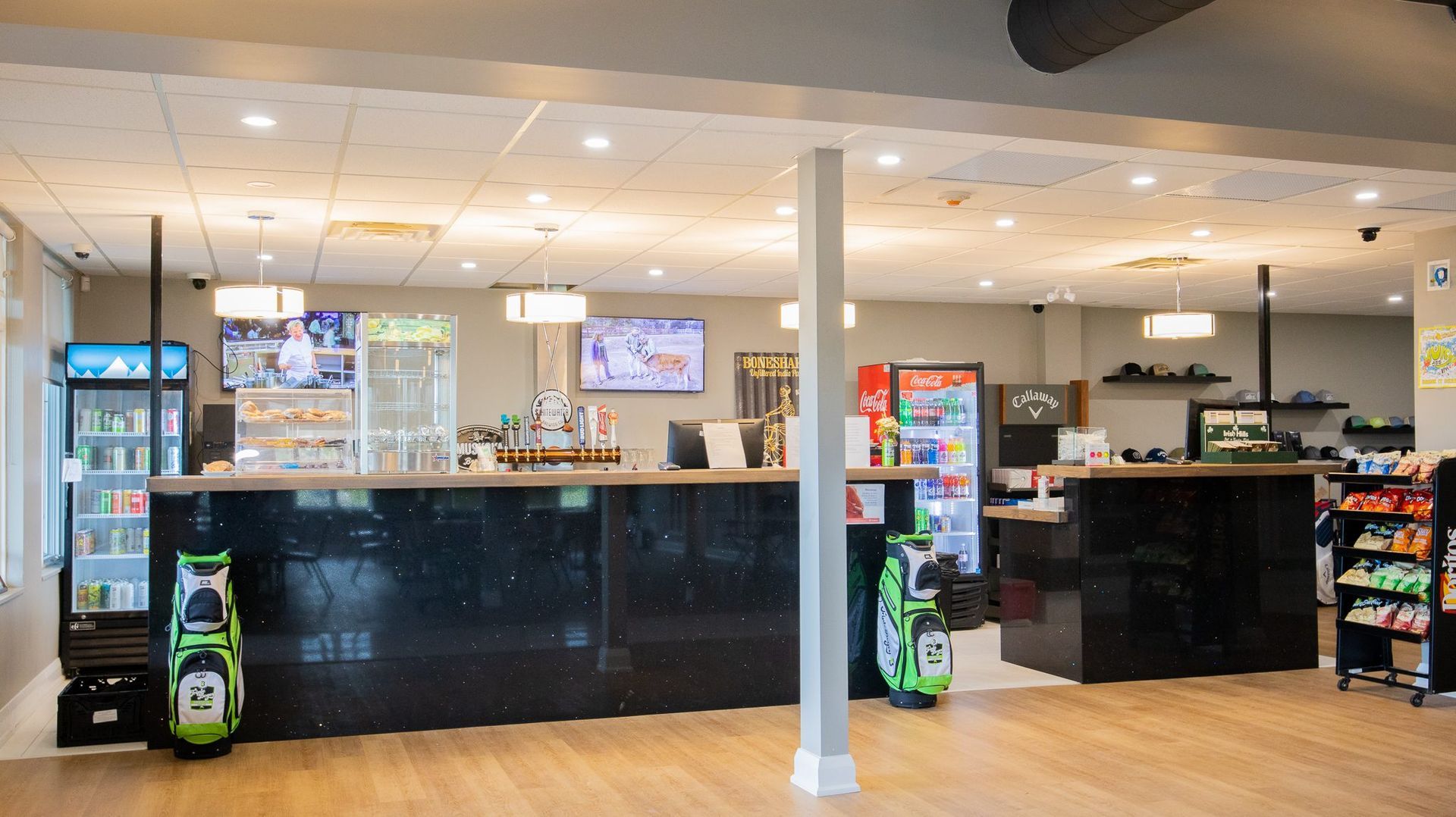
Prepping for the Rush: Kitchen and Staffing Strategy
If the physical layout is the foundation, preparation is the engine. During a typical round, the majority of turn traffic happens in a narrow 90-minute window. When clubs fail to anticipate and prepare for this spike, the result is slow service, long lines, and missed sales. F&B teams must treat the turn like a lunch rush in a restaurant—predictable, intense, and critical to daily revenue.
The first step is menu strategy. Turn menus should be built around speed and simplicity. Items should be pre-prepped and easy to execute under pressure. The kitchen should be able to fulfill orders in 60 to 90 seconds without compromising quality. This means limiting made-to-order items during peak turn times and focusing instead on grab-and-go solutions, pre-made sandwiches, wraps, or snack packs.
Staffing is equally important. Many clubs understaff the turn counter, especially during weekdays or shoulder seasons. But even on a slow day, a handful of groups hitting the turn together can overwhelm a solo employee. The goal is to avoid friction—not just serve customers. When staff are overwhelmed, service suffers, and sales drop. Extra hands during the turn window are an investment, not a cost.
Operational prep also means stocking. Inventory should be checked and replenished before the wave begins. Beverage coolers should be full. Hot items should be ready to grab. Packaging and payment systems should be tested and working. When the turn hits, the team should be focused entirely on service—not solving problems or scrambling for supplies.
Pace of Play Meets Point of Sale
The turn is where two complex systems collide: pace of play and point of sale. When they’re in harmony, everything feels smooth. When they clash, both systems suffer. Clubs must treat their POS system not just as a register, but as a pacing tool that can help keep golfers moving while still capturing revenue.
Modern POS systems should be fast, mobile-friendly, and capable of handling both card and mobile payments with ease. Long transaction times kill efficiency. When every player swipes, signs, and fumbles for tips, lines build and timing falls apart. Systems that enable tap-to-pay or mobile wallet options significantly reduce time per transaction and improve customer satisfaction.
Integration with the tee sheet is also a game-changer. Staff should be able to see how many groups are approaching the turn and adjust accordingly. When tee times are packed tightly, F&B teams need to be on alert, ready for surges. If there’s a 10-minute buffer or a tournament delay, they can prep or restock. Visibility into the tee sheet transforms the turn from reactive to proactive.
Technology also enables predictive prep. With data from past days, staff can anticipate which times of day will be busiest and what items will sell fastest. They can adjust pricing, promotions, or even staffing hours accordingly. When POS and pace data work together, the result is not just better operations—it’s better decisions.
Pre-Ordering and the Future of On-Course Dining
One of the most effective ways to streamline the turn is to remove ordering entirely. Pre-ordering systems allow golfers to place their food and beverage orders while on the front nine, so their items are ready when they arrive at the turn. This eliminates delays, reduces decision fatigue, and boosts spend per group.
The technology to support this is already widely available. QR codes placed on carts, scorecards, or tee signs can link to mobile ordering platforms. Golfers can browse the menu, customize their selection, and pay before they reach the ninth green. Staff receive the order in advance and prepare it with timing in mind.
This model is not only faster—it’s more profitable. Pre-ordering increases attachment rate. Golfers who might have skipped the counter entirely are more likely to order when the process is effortless and integrated. It also allows for better upselling. A simple prompt to add a side, a drink, or a dessert can lead to meaningful increases in average check size.
Pre-ordering doesn’t have to replace traditional service. It can complement it, serving the needs of golfers who want speed and convenience while still allowing in-person interaction for those who prefer it. The key is choice. When golfers feel in control of their experience, they’re more satisfied, more relaxed, and more likely to return.
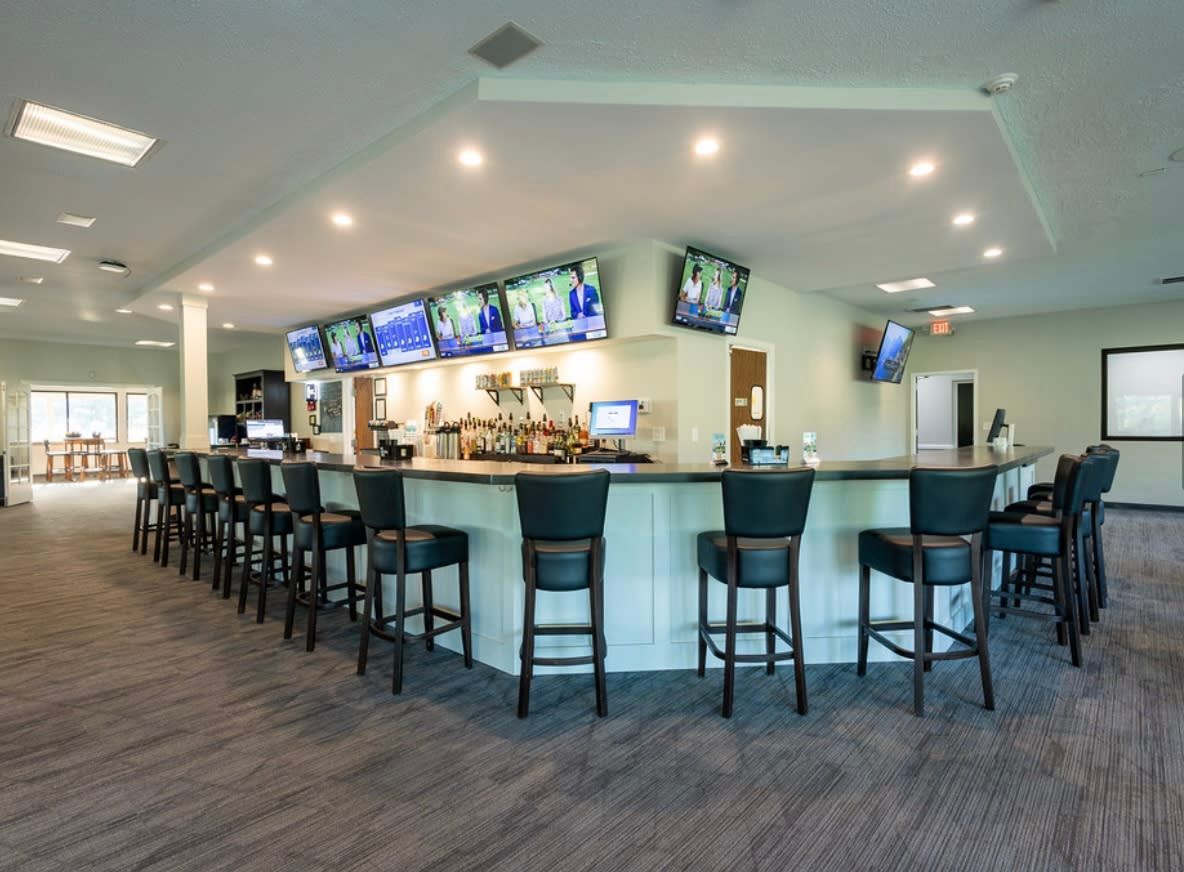
Staff Training and Service Culture at the Turn
Technology and systems are only as effective as the people operating them. One of the most overlooked aspects of turn-time optimization is staff training. Even the fastest POS system and best-designed menu won’t help if the team doesn’t understand the importance of timing, hospitality, and urgency during peak moments. At the turn, every staff member needs to move with intention and confidence.
Turn staff should be trained not just on how to take an order but how to move a line. That means anticipating needs, preparing ahead, multitasking efficiently, and staying calm under pressure. It also means using brief moments of interaction to add value to the experience. A quick recommendation, a friendly comment, or a thank-you delivered with energy can go a long way in elevating the guest experience.
Just as importantly, staff should understand how their role connects to the pace of play. When they grasp the downstream impact of delays—how it affects the tenth tee, the group behind, and overall course flow—they’re more likely to work with purpose. F&B shouldn’t feel disconnected from the rest of golf operations. A well-trained team knows they’re part of a coordinated effort to keep the course running smoothly.
Service culture matters too. Clubs that invest in service training foster consistency. They reduce turnover, improve morale, and build a frontline that feels empowered to solve problems, not just execute transactions. In turn-time operations, where interactions are short but frequent, this consistency is essential. Players notice, and they remember when it’s done right.
Tee Sheet Alignment and Cross-Department Planning
While F&B teams may run the counter, they don’t control the pace of arrivals at the turn. That falls to the tee sheet, which makes coordination between golf operations and food and beverage absolutely essential. Unfortunately, at many clubs, these departments still operate in silos—each planning their day without full visibility into the other’s priorities or pain points.
Tee sheet management can dramatically influence how intense or manageable the turn becomes. Courses that jam groups every seven or eight minutes without any buffers create impossible conditions for staff. Even the best-prepared snack bar team will struggle when six groups arrive in the same ten-minute window. Conversely, courses that build in light spacing, rest periods, or rolling starts give teams the breathing room they need to succeed.
Cross-department planning doesn’t require a complex system. It starts with simple alignment meetings where F&B gets a look at the tee sheet, upcoming events, or any special formats that might affect timing. It means sharing insights from past weekends and analyzing when the biggest spikes in volume occur. With just a little foresight, clubs can adjust staffing and prep to match the rhythm of play.
Technology helps here too. Integrated platforms like Fairway Control allow operations teams to view the same real-time data, collaborate more easily, and make smarter adjustments. A truly optimized turn-time experience is the result of departments operating as one unit—not separate silos guessing at each other’s workloads.
The Beverage Cart's Role in Turn-Time Success
While the turn is a fixed point in the round, the beverage cart is a mobile reinforcement. When deployed strategically, it can reduce congestion at the turn, increase per-player spend, and provide service to groups that may not stop otherwise. But to achieve this, the cart must be more than just a roaming cooler—it must be part of the broader F&B strategy.
Route planning is key. The beverage cart should be scheduled to hit the holes leading up to the turn during high-traffic times. If players have the chance to grab a snack or drink before reaching the ninth green, they may skip the counter altogether—lightening the load on stationary staff and reducing wait times for everyone. This requires communication and careful pacing.
Staffing the cart with the right personality also matters. Golfers appreciate quick, friendly service, but they also respond to someone who understands the rhythm of play. A great beverage cart attendant doesn’t disrupt—they enhance. They can upsell without pressure, keep things moving, and even serve as a point of course communication when needed.
From a revenue standpoint, the beverage cart extends the reach of the turn. It ensures that even players who choose not to stop still have a chance to make a purchase. It also provides a backup plan when the turn counter is overwhelmed or understaffed. When the cart and the turn counter work in sync, F&B coverage becomes comprehensive, consistent, and profitable.
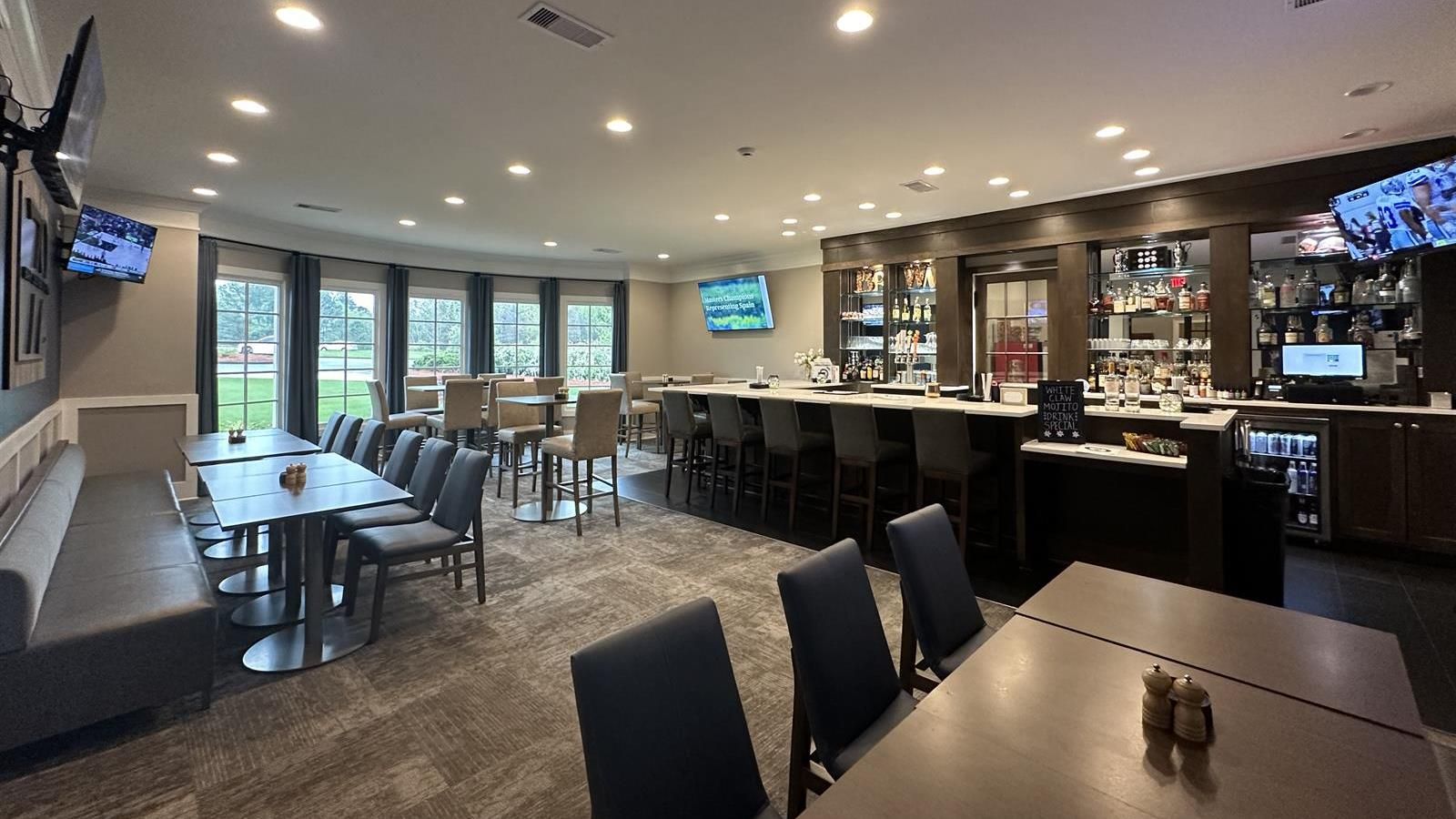
Member Experience and Customization at the Turn
Private clubs have a different challenge at the turn: personalization. While speed and efficiency still matter, members often expect more than a generic counter experience. They may want their usual order remembered, special dietary preferences accommodated, or service that reflects their relationship with the club. This level of expectation requires deeper integration between operations and membership.
Technology can support this too. Member profiles within POS systems can store past orders, dietary notes, or loyalty rewards. Staff can be alerted when a VIP is approaching, and special orders can be staged without needing to ask. This not only speeds up service—it creates a feeling of being known, which strengthens loyalty and retention.
Customization doesn’t always mean complexity. Even simple touches—like offering a choice of drinks pre-packed with their order or labeling items with a member’s name—can elevate the experience. These details matter more in private clubs, where differentiation is about hospitality as much as it is about facilities.
Ultimately, optimizing the turn at private clubs is about balance. You want to provide efficient, quick service without making members feel rushed. The best operations build flexibility into their systems—offering fast grab-and-go items for some, while making room for a more curated approach for those who expect it.
Maximizing Revenue Per Round Without Slowing Play
One of the central goals of turn-time optimization is to increase per-round revenue without increasing round times. This is a delicate balance. Push too hard on upselling or expand the menu too far, and you risk slowing players down. Move too fast or offer too little, and you miss an opportunity to add value. The sweet spot lies in thoughtful design, clear options, and subtle incentives.
Bundling is one of the most effective tools. Offering pre-set combos, meal deals, or value packs makes it easier for players to choose quickly and increases total transaction value. It also simplifies execution for staff, who can prep bundled items more efficiently than custom orders. Players get what they want, faster, and the club benefits from higher average checks.
Menu engineering also plays a role. High-margin items should be positioned at eye level or featured on digital ordering screens. Subtle prompts—like “most popular” tags or limited-time offers—guide behavior without creating friction. When players feel like they’re making a smart choice, they’re more likely to spend.
Clubs that succeed in this area focus on reducing the cognitive load. The best menus don’t require browsing—they invite quick decisions. Clear pricing, tempting photography, and tight language all help. And when that decision leads to a great product and a fast return to play, the cycle reinforces itself. Players remember the smooth experience—and the extra snack doesn’t feel like an indulgence. It feels like part of the round.
The Turn Is an Opportunity, Not an Obstacle
For years, the turn has been treated as a logistical hurdle—something to “get players through” without disrupting pace. But the most successful golf operations today see it differently. They recognize the turn as a touchpoint of enormous strategic value. It’s a chance to impress, to upsell, and to reinforce the quality of the entire golf experience. When done right, it becomes a strength—not a stress point.
Optimizing the turn requires attention to layout, menu design, technology, staffing, and interdepartmental coordination. It demands that F&B and golf operations work together, not in parallel. And it means adopting a mindset that values the turn not just as a pit stop but as a performance opportunity.
At Fairway Control, we help golf clubs unify operations across tee sheets, service windows, beverage carts, and back-of-house workflows. Our platform gives F&B managers visibility into real-time course flow, so they can prep smarter, serve faster, and keep rounds moving. Whether you're managing a high-volume daily fee course or a private club with elevated service expectations, Fairway Control helps you make the turn a point of pride.
Because in the modern golf operation, every minute matters—and the turn is where they’re either lost or won.
More from Fairway Control
